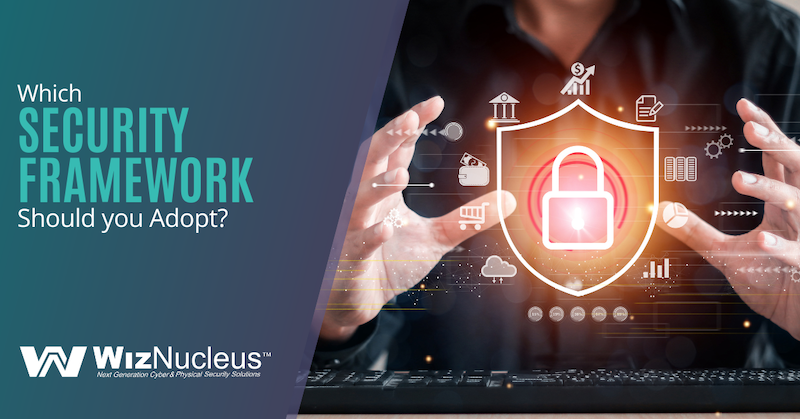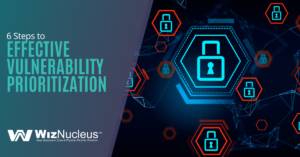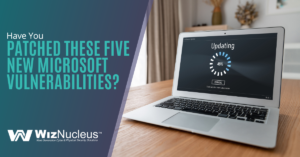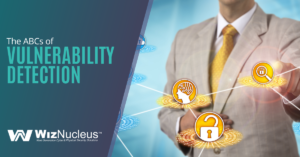Cyber-attacks and security breaches have become a constant occurrence all around the world. As these attacks evolve and become more rampant and unpredictable, organizations try to reduce the risk these attacks will bring to their operations and improve their online and network security.
However, an increasing number of organizations are realizing that their investments in cyber security technologies have not given them the protection against cyber-attacks they had hoped for and are proactively looking for answers as to why they are still vulnerable to ransomware, phishing, and malware.
The answer to this vulnerability problem lies in understanding and adopting a security framework. This is not to say that a security framework will automatically put an end to all the attacks. However, it will offer a systematic strategy to solve the issue with quantifiable outcomes.
What is a Security Framework?
A security or resilience framework is a collection of documents describing standards, practices, and the best strategies for managing cyber security risks. It is designed to reduce the company’s exposure to vulnerabilities that attract cyber thefts.
Simply put, a security framework is a formally structured method that specifies how information is managed to protect your data and reduce cyber risk.
Security frameworks can be compared to a roadmap or a blueprint. The framework defines “what” your business will do to manage security threats. Therefore, with a framework in place, it becomes much simpler to establish the processes and procedures your company must follow to examine, manage, and reduce cyber security risks.
According to a study, 45% of organizations responded that security frameworks helped make their sensitive data more secure. They also helped security professionals keep their businesses safe from cyber threats and compliant.
Therefore, adopting a suitable cyber security framework, rules, and procedures can strengthen your organization’s IT security.
Security Framework to Adopt
Here is a list of security frameworks you can adopt:
ISO/IEC 27001
ISO stands for International Organization for Standardization. The ISO 27K certifications, also known as ISO/IEC 27001 and ISO 27002, were created by ISO. It is the standard recognized internationally for cyber security.
This framework’s primary objectives are to minimize and eliminate any risks that have been found, as well as to maintain and develop the business’s information security management system. The ISMS will be a tool to keep information security risk at a minimum by helping you manage processes, technology, and people.
This framework is one of the commonly used frameworks, and it’s for companies that handle sensitive data, including finance.
Because it is the global standard for security program validity, ISO certification lets your clients and partners know you are trustworthy and reliable.
CIS (Center for Internet Security) Controls
Most cyber security frameworks prioritize the identification and management of risks. The CIS Controls, on the other hand, is only a list of steps that every organization can take to defend itself from cyber threats. Unlike NIST CST, it does not handle risk analysis or management; instead, it is focused on lowering risk, boosting resilience for technological infrastructures, and providing all-around protection from cyber attacks.
Some of these controls include:
- Audit log management
- Data protection measure
- Inventory and control of enterprise assets
- Malware defenses
- Penetration testing
- and more
This framework is suitable for anyone. CIS works effectively for organizations that wish to take small steps at first. There are three groups in this process. First, the basics, then foundational, and lastly, organizational. CIS is a fantastic solution if you want an additional framework that can coexist with other industry-specific compliance requirements (such as NIST and HIPAA).
NIST Cyber Security Framework (CSF)
Due to its rapid cyber-attack detection, this security framework has become one of the most effective frameworks. It also provides a detailed technique for identifying, detecting, responding to, defending against, and retrieving data and information from cyberattacks.
In contrast to previous NIST frameworks, this NIST framework carries out a thorough and targeted weakness assessment and is only focused on risk analysis and management.
It sets high standards for creating a strong cyber security program for all business sizes and offers a top-notch security monitoring tool that aids in assessing cyber security risks. Additionally, it can provide tailored security advice and help organizations follow regulations.
COBIT
Developed by ISACA (Information Systems Audit and Control Association) in the mid-90s, COBIT is a security framework that focuses on reducing IT risks. Over the years, COBIT has been updated, and the current version focuses on supporting IT with business goals, risk management, security, and IT governance.
Using COBIT frameworks, organizations can design, implement, monitor, and improve their IT management. The main goal of developing the COBIT framework is to protect sensitive data from vulnerabilities, build comprehensive end-to-end coverage, and enhance enterprise security. It also reduces organizational and technical risk by helping companies develop and implement information management strategies.
Cyber Security Maturity Model Certification (CMMC)
The US DoD (Department of Defense) developed the CMMC (Cyber security Maturity Model Certification) framework to evaluate its contractors’ and subcontractors’ security, capability, and strength.
This framework helps remove the vulnerabilities and risks in the supply chain and improves the online security of the system.
HITRUST CSF
Along with operational criteria, the HITRUST framework also incorporates risk analysis and management frameworks. Although the HITRUST CSF was created to complement HIPAA, businesses across almost all sectors have started implementing it. The framework, which contains 14 distinct control types, can be used in virtually any company, particularly in the healthcare industry.
SOC 2
Any company that maintains consumer data needs a SOC 2 (Systems and Organization Controls). Obtaining the SOC 2 certifies a company’s baseline level of maturity in terms of data security, privacy, data confidentiality, availability, and processing integrity.
A company’s security posture is assessed using SOC 2 in relation to five Trust Services Criteria. This framework protects consumer data with policies and procedures covering availability, confidentiality, security, processing, and integrity.
SOC 2 framework is an excellent fit for the following scenarios:
- A cloud-computing provider
- A SaaS organization that stores customer data in the cloud
- An organization that owns infrastructure hosting other companies’ customer data
However, despite its benefits, deploying SOC 2 can be difficult and time-consuming.
NERC-CIP
Due to the attacks on US infrastructure, the NERC-CIP (North American Electric Reliability Corporation – Critical Infrastructure Protection) was established. As a result, this framework is for businesses operating in the power and utility sector.
This framework aims to protect North America’s bulk electric systems and reduce risk in the power industry.
The framework outlines particular specifications and requirements for businesses in this industry. These include listing all assets that are secured, defining security measures already in place, properly training staff, creating an incident response strategy, and more.
It also helps manage your compliance data, thereby promoting smooth audits.
What You Should Not Do
It’s crucial to remember that once a security framework has been put in place, “compliance” shouldn’t be crossed off your list of priorities. One of the top security-related errors businesses commit is evaluating compliance just once and then disregarding it. It is a security process that should always be carried out.
Take the Step to Better Security!
Adopting a security framework can (and should) impact how your organization conducts business. Therefore, before implementing one, it’s critical to be aware of any prospective advantages and disadvantages and the one that meets your company’s needs.
Need network solutions for efficiency, optimization, and security? The WizNucleus team specializes in helping to protect mission-critical facilities and improving their networks.
Contact us today to schedule a consultation! Call +1 (646) 558-5577 (New York, NY) or +1 (469) 481-1726 (Carrollton, TX) or reach out online.





